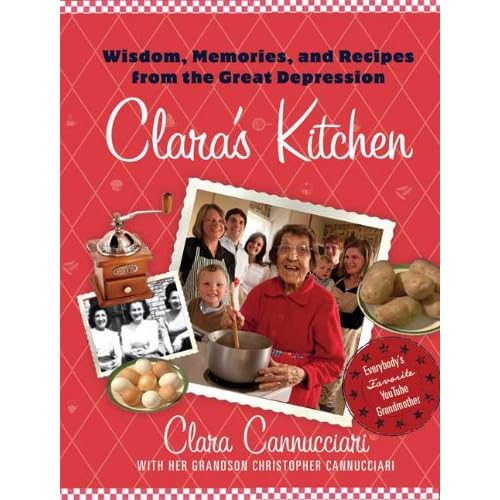ever since we brought up the topic about low income families not being able to get or provide a healthy meal because all the cheap food was high sugar high fat content and what not, it made me remember this youtube channel i found a couple years back: Great Depression Cooking.
Her name's Clara, and she is 95 years old, she has also written a book: Clara's Kitchen. Her great grandchildren thought it would be a good idea to keep a video diary/documentary about what she went through during The Great Depression as well as what she ate.

With the little money they had, they were still able to make due with what they were able to buy which seemed (to me at least) pretty nutritious, albeit processed and starchy, but it seems better to eat that stuff than a brick of government cheese and koolaid to wash it down.
anyway, here's one of the videos that's currently showing:
it's interesting to see that some of her videos talks about foraging for food... it's a pity that it's semi-unheard of nowadays to forage unless you're stranded in the forest and your name is either Bear Grills or Les Stroud.
also, it's fun and scary to watch this granny wield a knife around in her tissue-paper-crinkly skin....
-Robyn














.jpg)


